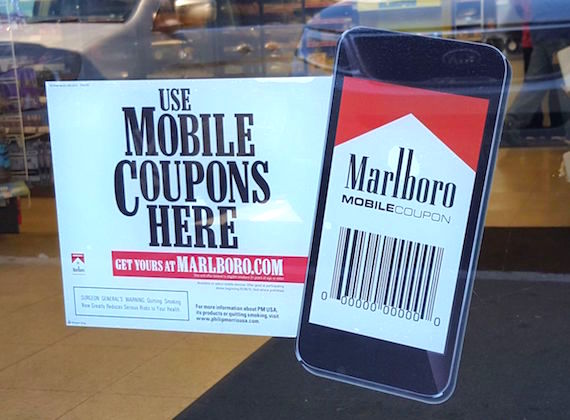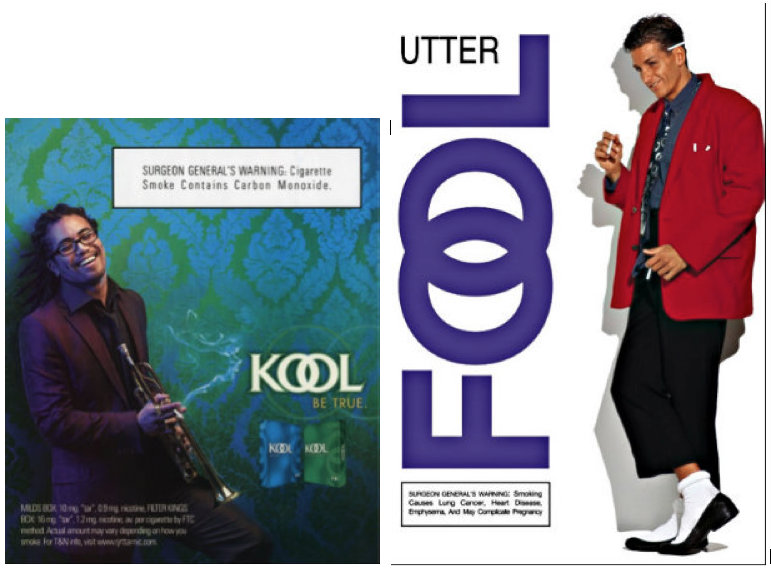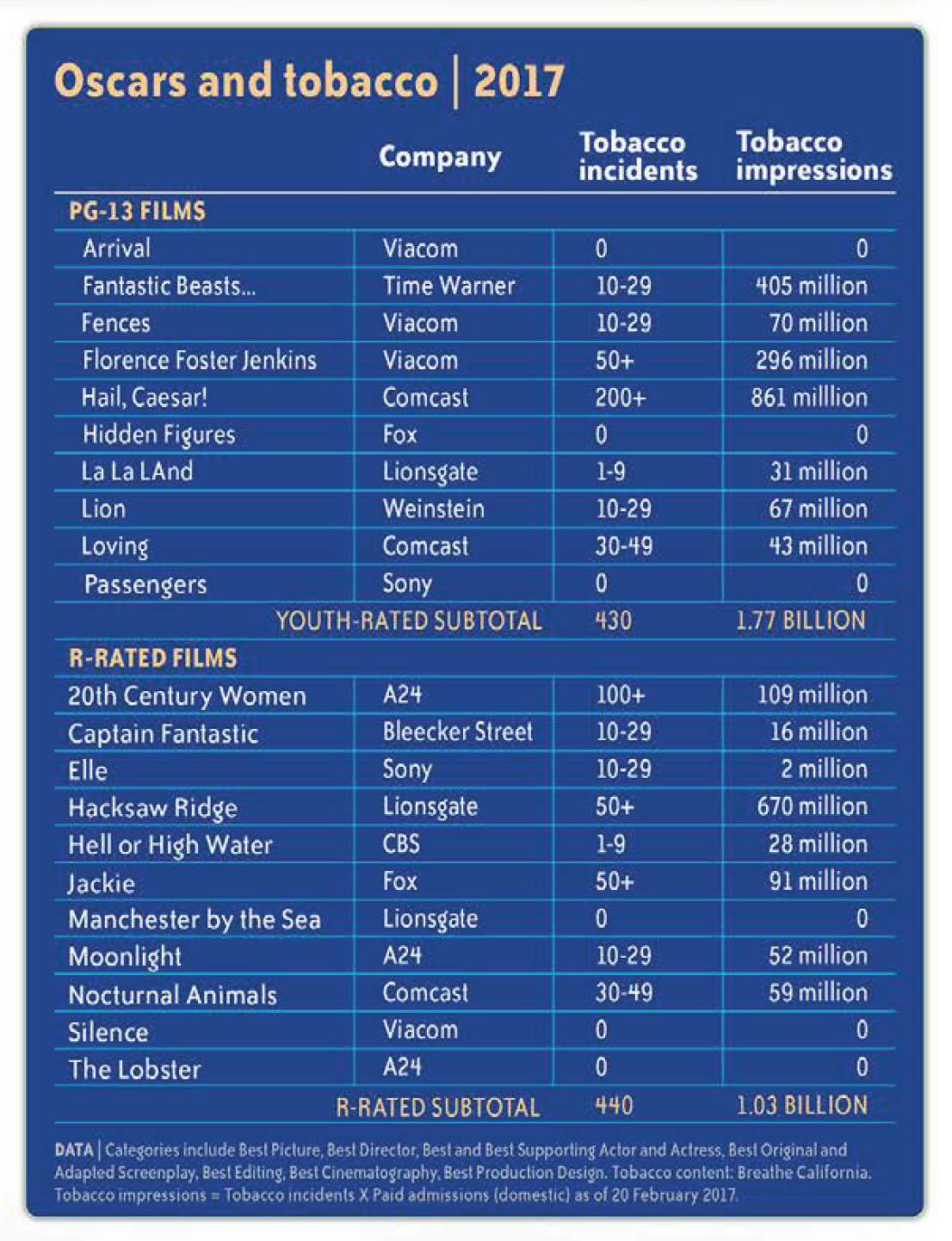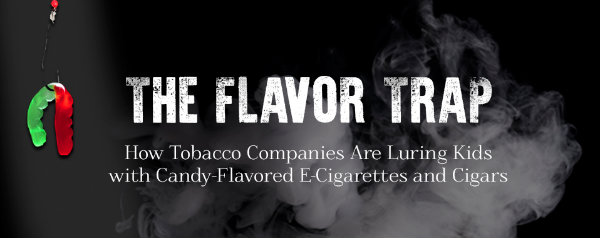Engaging Students in Tobacco Ad Analysis
A MiddleWeb Blog
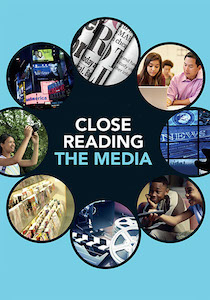 What is the purpose of education? For sure we want to provide students with knowledge, skills and abilities to navigate their world and to make wise choices and decisions.
What is the purpose of education? For sure we want to provide students with knowledge, skills and abilities to navigate their world and to make wise choices and decisions.
Media literacy, similarly, aims to provide our students with a lens through which they see and understand the myriad of messages they face in their lives. Every day they will encounter positive and not-so-positive messages. How will they decide what is worth paying attention to and what’s worth discarding?
One messenger who strives hard to gain student’s attention is “Big Tobacco.” With so much advertising surrounding us, it might be easy to forget that one of the most powerful and persuasive marketers is the tobacco industry. It has spent billions of dollars to get people to smoke. And it has worked.
Statistic: Every day, 1300 people die in the US from smoking related illnesses (source) that account for more than $300 billion in health care costs each year. In essence, each year the tobacco industry has to replace 480,000 deceased customers in order to keep its profits in place.
For years, tobacco companies denied their products were harmful – until the evidence proved otherwise. Along the way, people got wise. The US government sued the tobacco companies in 1998, and among the settlement provisions was a ban on ads aimed at kids, as well as restrictions for ads on billboards and inside arenas and stadiums.
Four states sued separately, receiving more than $35 billion. One of those states was Florida. With the money that the Sunshine State received, it created a youth campaign known as The Truth. The campaign basically declared “their brand is lies, our brand is truth.”
Now, many decades into the Smoking Wars, you might think that the battle is mostly won. That would be a mistake. The current political climate in Washington is more favorable toward Big Tobacco than it has been in some time. The U.S. edition of Britain’s Guardian newspaper reported in July 2017 that
“Tobacco companies have moved swiftly to strengthen their grip on Washington politics, ramping up lobbying efforts and securing significant regulatory wins in the first six months of the Trump era.” (Source)
Without question, there is still a need to educate young people about both the damaging effects of tobacco products and the predatory advertising practices of the corporations who sell those products, which may include not only cigarettes and cigars but chewing tobacco, snuff and vapor products.
Those Persuasive Techniques
Among other things, tobacco ads try to sell a lifestyle that communicates smoking as being cool, hip, sexy – something that bold, and even beautiful, people do. With the Virginia Slims brand (and advertising) it also tried to say that if you smoke, you’ll stay thin.
Another brand, KOOL, has sponsored jazz festivals and even featured people in musical settings in its ads. All of this was designed to make the audience want to smoke and to want to be part of the in-crowd. Over time, ad campaigns have targeted every major cultural, racial and gender-related group in America.
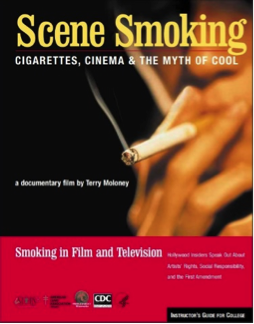
I used several of these curricula at the time. Soon after, I developed my own media literacy activity.
Growing a healthy skepticism
Young people are exposed to many harmful messages and tobacco is one of them. So I decided to help students become more healthy skeptics by conducting this media literacy activity. [See my complete tobacco ad lesson plan here.] First, I would instruct them on how to analyze and deconstruct messages in the tobacco ads found in magazines targeting them.
At the time, that included titles such as Sports Illustrated, People and Rolling Stone, just to name a few. (Interestingly today, very few of those ads can be found in the same magazines).
In my contemporary workshop, students working in groups receive a full page advertisement for a tobacco product and are provided some guiding questions.
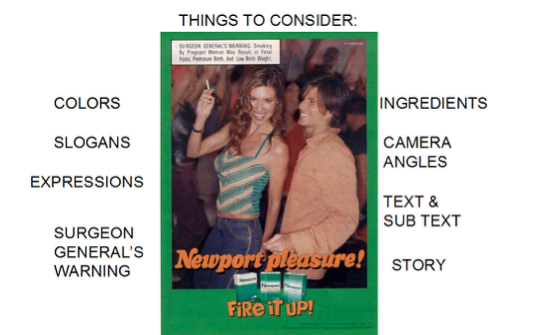
Next, students share their observations about the setting, the people, the colors, the slogans and more. They are then given manipulatives to alter the message by cutting up the ad and recreating it.
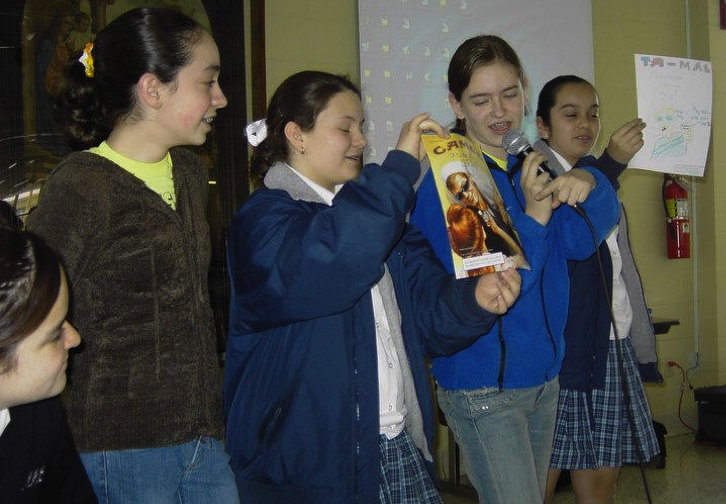
Along the way, students put their own spin in their anti-tobacco ads. In their recreated ads, they bring their prior knowledge about the dangers of smoking into their artwork.
[Note: Adflip is a large, searchable database of past and current ads; also you can locate more anti-tobacco ad examples here]
Cigarettes and the Movies
Since 2001 University of California Professor Stanton Glantz has been trying to get films that portray people smoking slapped with an “R” rating. (With a “restricted” rating, more young people would be prohibited from seeing these films, and perhaps be influenced by smoking.)
Glantz’s Smoke Free Movies project has been collecting data on how many movies annually portray smoking and he regularly publishes full page ads in trade publications taking the movie studios to task. Here’s an excerpt from one of those ads with data about Oscar-listed movies in 2017.
Although it’s not been proven, it’s been alleged that the film studios are paid by tobacco companies to have their brands featured in film, a process known as “product placement.” Studies have shown that young people are more likely to start smoking after seeing their role models smoking on the big screen.
Dr. Glantz told the New York Times (7/17/17) that “The evidence shows it’s the largest single stimulus (for smoking)…it overpowers good parental role modeling, it’s more powerful than peer influence or even cigarette advertising.” And, as the group Truth Initiative notes, “young people now have more access to these images through extended movie distribution channels such as DVDs, television and online.”

Years ago, attending a movie theatre in Florida one weekend, I watched what I thought was an actual movie trailer, only to slowly realize that it was part of the state’s Truth campaign – the wide-reaching effort to reach young people where they frequent.
Powerful messages like this have made a difference, but they are intermittent at best and no substitute for ongoing school-based media literacy programs committed to protecting student health.
Implications for the Middle Grades Classroom
We know that young people are easily influenced, and smoking today may seem as cool to them as it did to their grandparents when actor James Dean did it on screen.
Health educators already know that teaching about advertising influences and the dangers of smoking is part of the curriculum. Each year, Kick Butts Day is designed to engage students in tobacco awareness, and many schools even take advantage of Red Ribbon Week to educate students about the health effects of smoking.
An article from Kick Butts Day and Tobacco Free Kids
Media literacy educators also have a role to play in the areas of advertising and marketing.
Ideas For Consideration
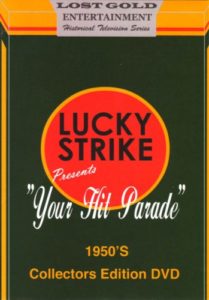
► Task your students with researching the number of current movies that portray smoking. Are they surprised at the numbers? Ask them to brainstorm who benefits when movies portray smoking.
► Students could debate the question: should Hollywood film studios be allowed to show people smoking on screen? Why or why not?

► Convenience, pharmacy and alcohol stores as well as gasoline stations are a few of the places where tobacco is frequently sold. Ask students to notice the displays at each of these places. In addition to the product inside the store, did they notice signage visible to consumers outside the store as well?
► What other marketing strategies can students uncover that target younger audiences (and potential new smokers)? Here’s one example. In the fall of 2016, the Wall Street Journal reported:
“Workers for Newport, the nation’s No. 2 cigarette brand, spent the summer handing out coupons for cigarettes at a price of $1-a-pack. That is five cents a smoke.” ….
“The vouchers – distributed at concerts, bars and convenience stores – have been part of an aggressive push by Newport-owner Reynolds American Inc., to target young adult smokers and boost Newport sales.” ….
“Two 18-wheelers have taken Newport ‘lounges’ to events popular with 21- to 30-year olds such as Las Vegas’ Electric Daisy Carnival, an electronic music festival for 400,000 people, and Rock on the Range, a Columbus, Ohio, music festival featuring Megadeth and Rob Zombie.” (Source)
Engaging students in a media literacy/tobacco advertising awareness exercise is another way to demonstrate that we want to help young people become better aware of advertising’s influence and to guide them in making wise and better choices and decisions.
Recommended resources:
The CDC Fact Sheet on Economic Trends in Tobacco
The Campaign for Tobacco Free Kids
Critical Viewing Tobacco Ads Online Exercise
Trailer for the Scene Smoking documentary
History of Tobacco Advertising
Youth & Tobacco Use (CDC)
“We Quit Tobacco” – CVS Health (In 2014, CVS pharmacies stopped selling tobacco products. Students can learn more about the impact of this decision here.)
________________
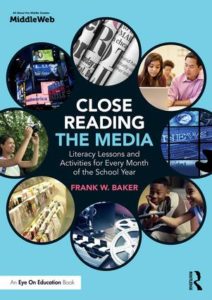
Frank’s new book Close Reading the Media: Literacy Lessons and Activities for Every Month of the School Year (December 2017) can help teach middle school students to become savvy consumers of the TV, print, and online media bombarding them every day. Pre-buy this timely book copublished by Routledge and MiddleWeb and use discount code MWEB1 for 20% off the cover price.


